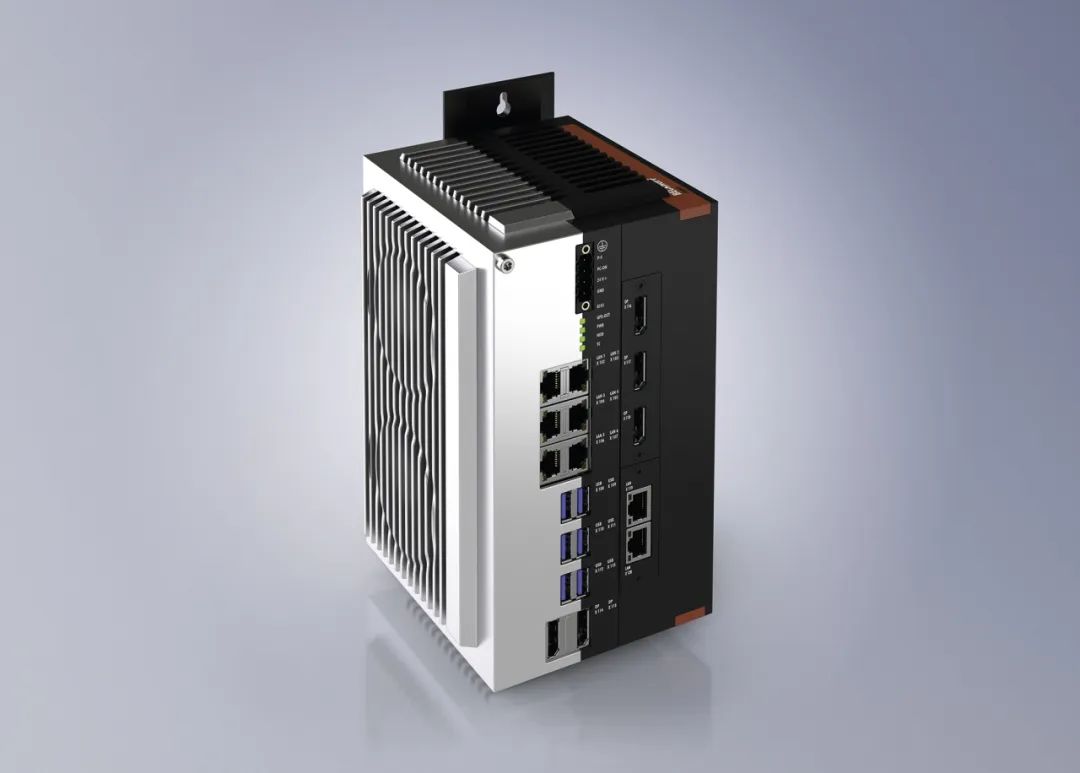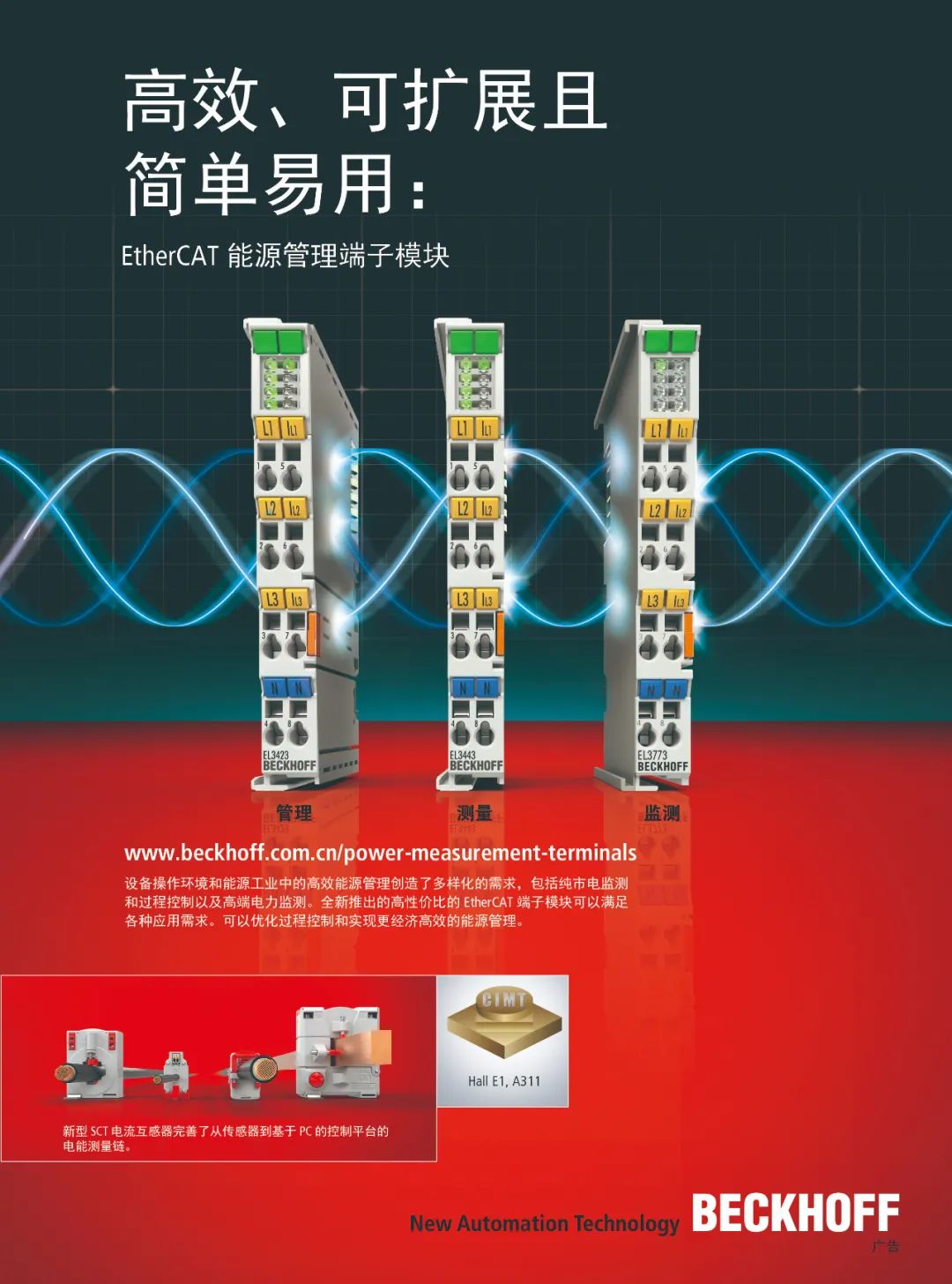
Utilizing Small Spaces and Expansion Graphics Cards
Executing Artificial Intelligence Applications
The C6043 is a particularly powerful product in the Beckhoff ultra-compact industrial PC series, featuring an integrated NVIDIA graphics processing unit (GPU) on the second layer of the circuit board. Therefore, this computer provides an ideal hardware foundation for high-density computing applications, especially in the field of artificial intelligence.

Despite its small size, the C6043 ultra-compact industrial PC provides sufficient space for the installation of expansion graphics cards before leaving the factory.
The dimensions of the C6043 are only 132 x 202 x 127 mm, and it comes with a built-in slot for high-performance graphics cards. In addition to being equipped with advanced Intel® Core™ processors, it can also be outfitted with NVIDIA parallel computing graphics processors that are available for long-term supply. Therefore, this PC is very suitable as a central control unit for some ultra-complex applications, such as those requiring high demands for 3D graphics or deeply integrated machine vision and AI program blocks with extremely short cycle times. The TwinCAT 3 automation software can map these fully integrated functions as well as traditional controllers without any additional software or interfaces. By adding freely assignable PCIe compact module slots, the C6043 can also be flexibly expanded by adding interfaces. The power supply and cooling system of the C6043 provide sufficient performance reserves to fully utilize the performance potential of the expansion graphics cards and the latest Intel® processors.
By featuring the 12th and 13th generation Intel® Core™ processors, the C6043 can deliver excellent computing power without the need for expansion graphics cards. The Intel® Core™ i5, i7, and i9 processors adopt a hybrid architecture design with large and small cores for the first time. As with previous generations, the Intel® Celeron®, Pentium®, and Core™ i3 are only equipped with traditional performance cores; while Core™ i5, Core™ i7, and Core™ i9 add 4, 8, and 16 efficiency cores, respectively. This hybrid design of performance cores (P cores) and efficiency cores (E cores) allows applications to be implemented on a total of 24 real cores. Performance cores are primarily responsible for high-load single-threaded tasks, while efficiency cores excel at real-time processing or handling multi-threaded tasks in user mode. More importantly, the clock frequency of each core can be individually configured through TwinCAT.

